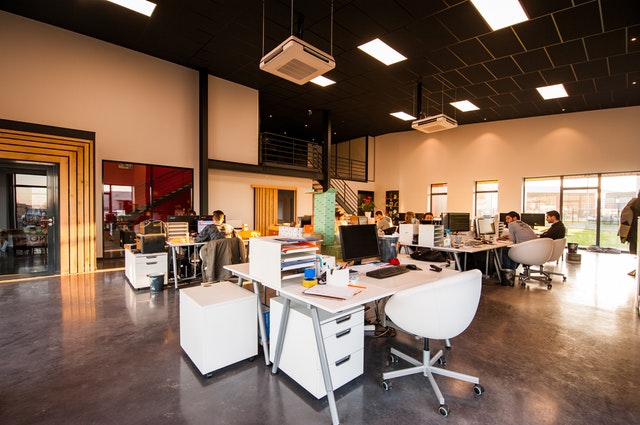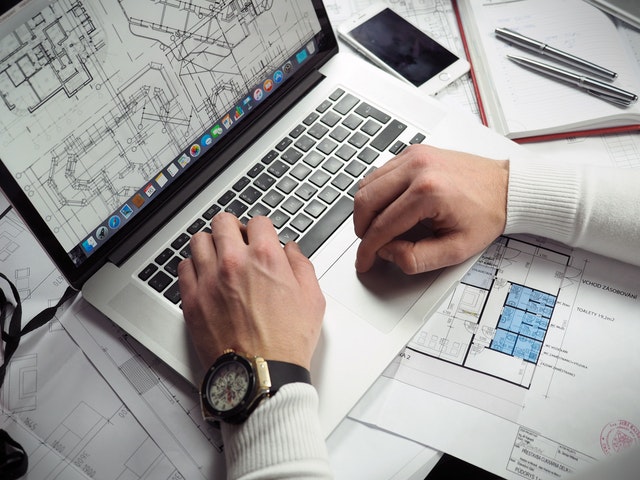3D Printing or 3-Dimensional Printing is all the rage these days. You may think you only see them at tech conferences, with a big line of people waiting to print their conference merchandise. But surprisingly, smaller models are available to the general public for accessible prices. Also known as additive manufacturing, it is a process that creates a product from a digital file. This definition may be complicated to grasp altogether, so it’s best to pinpoint the technological terms one by one.
3D Printing or 3-Dimensional Printing – We are familiar with what printing does but only when a picture or a written document is involved. This is what we call 2D or 2-Dimensional. Where on a paper, your image or your document file gets printed on top of it.
So, when we talk about three-dimensional, it adds depth in the perception of an object just like how our sense of sight and analysis are built originally. If you look at a cube with your naked eye, you see not only the front and the back, but also the top and the bottom, the width and its height. If it’s hollow inside or whether it’s a solid cube, all of these and more, our brain acknowledges. 3D printing technology may be seen at tech conferences in Australia in 2020.
Additive manufacturing – is building an object where materials are added layer by layer to complete a model you have set it to accomplish. Let’s say you want to make a Lego submarine. The Lego pieces are your materials that when stacked on each other, given the directions, it would create the entire submarine. This is a straightforward process of additive manufacturing.
Digital File – Anything we call digital pertains to computer-generated data. The digital file is what the computer reads to know how to present the picture. If we want images to get printed out, the computer reads them as JPG files where the machine classifies them uniquely based on codes. This set of code gets communicated all the way to the printer to bring out your digital file into a hard copy, meaning something that you can hold and see. Not just from the computer (soft copy). While a digital file (soft copy) can be retrieved with the use of a computer, the hard copy enables you to put the picture in an album.
So, now that we have established those complicated terms, we can understand how it works.
3D Printing is already changing the way we produce things. It is predicted that in 2022, it will boom out as a $30 billion-dollar market. Here’s why.
It allows designers to be more creative around delicate and complex designs at minimal costs. Benefits of these go extensively as far as making toys, improving how prosthetics fit and developing machines, aircraft, and cars. There is also unimaginable help that was generated from it when it takes part in medical advancement by printing out body parts to be studied for complicated surgeries. The list goes on and on, but how does it actually work first? How does it become sturdy enough to sustain the expectations from critics?

Let’s tackle it one by one:
It starts from an idea
Like how Walt Disney developed the Disney resorts and theme parks, or just how Steve Jobs changed our lifestyle into needing iPhones more than anything else, it starts with an idea.
The blueprint gets developed
These ideas are turned into digital models, planned out of the materials to be used and then eventually undergoes rendering to apply the materials that best suits its completion. The design altogether moulds its finalisation until it’s ready to be sent out to the printer.
Data gets interpreted
When the complicated interpretation of data is transformed uniquely by the 3D printer depending on the array of materials it can work with. For example, the MakerBot Replicator 2 has these detachable string-like bio-plastic spools at the back of the device (the printer). As the printer receives and interprets the data, it pulls the material through a tube, melts it and deposits it to a receptacle plate which instantly cools it layer by layer. This process would go on and on until the image is fully made.
This is the simplest way of understanding how a 3D printer works. Take note that the most common material used in 3D printing is plastic. There are a lot more models of 3D printers that will eventually emerge, some may even be of a completely new design compared to the current ones. To keep up with the latest innovations and further expand your knowledge, you’ll find attending a creative technology fest is a great way to understand how the mechanics could be full of potential.


